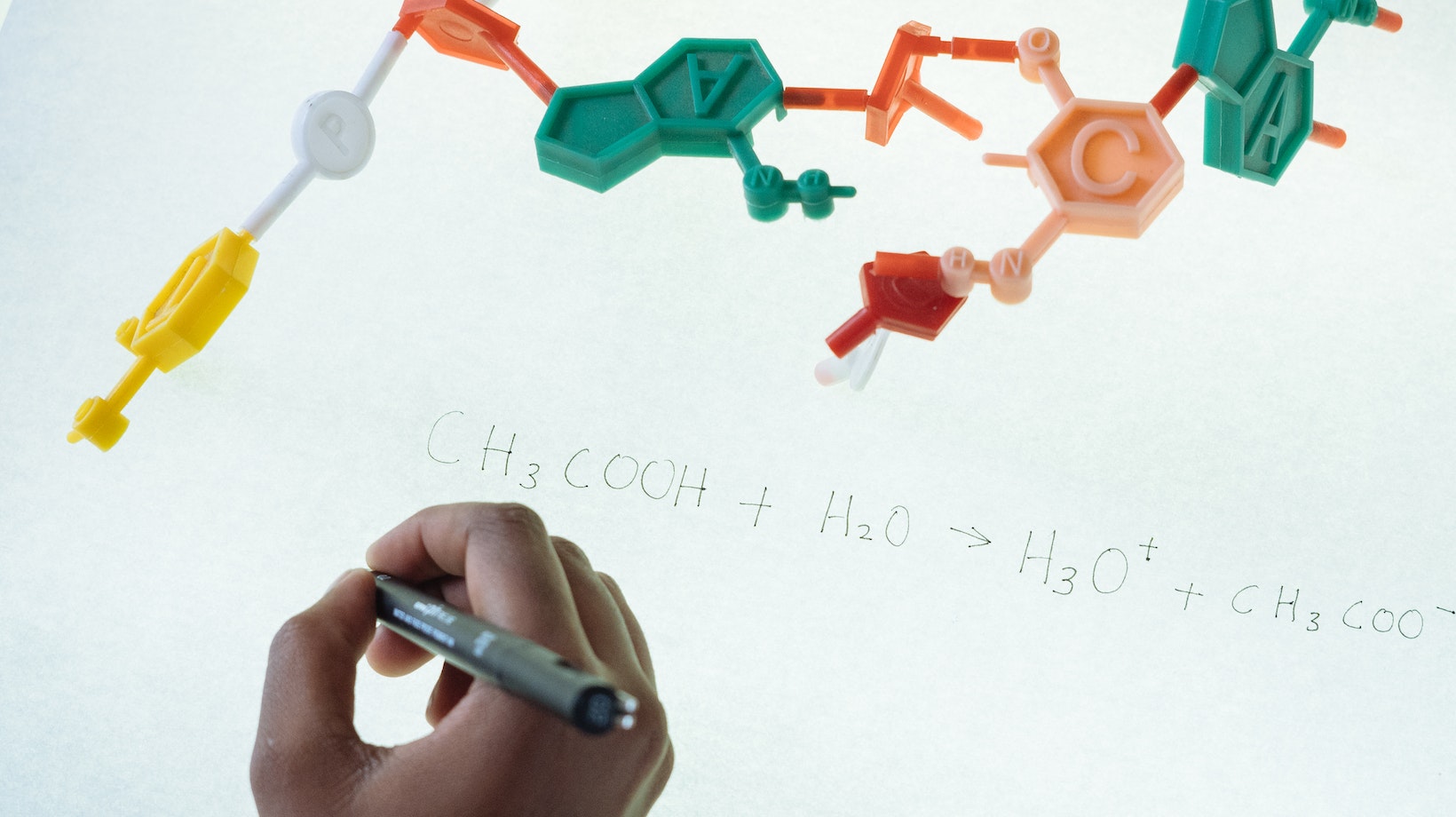
Understanding Mixtures: A Brief Overview
Diving right into the heart of the matter, we’re here to unravel the complexity that surrounds mixtures in chemistry. We’ve all encountered mixtures in our everyday lives, be it in our kitchen or at a gas station. But what exactly are they?
Put simply, mixtures are combinations of two or more substances where each maintains its own properties. They can be separated into their individual parts through physical processes like filtration, evaporation or even using a magnet! Let’s delve deeper with some examples.
- Table Salt (Sodium Chloride): At first glance, you might think table salt is a mixture because it combines sodium and chlorine. However, during this combination process, both elements lose their individual properties to form a new substance – Sodium Chloride (NaCl). This gives us an interesting insight: Table salt isn’t actually a mixture but rather a compound!
- Gasoline: This one’s quite compelling! Gasoline isn’t just one substance; it’s primarily composed of hydrocarbons (compounds made from carbon and hydrogen), along with small amounts of additives. Each component retains its specific property making gasoline an obvious example of a mixture.
- Aluminum and Carbon Dioxide: These aren’t mixtures either! Aluminum is an element found on the periodic table while carbon dioxide is another compound formed by combining carbon and oxygen.

What Defines a Mixture? An In-Depth Look
Let’s dive right into the heart of our topic – mixtures. In the world of chemistry, a mixture refers to a material made up of two or more different substances that are physically combined. It’s important to note that these substances aren’t chemically bonded together. This means you can separate them by physical means such as filtration, distillation, or evaporation.
Now, you might be wondering what makes mixtures unique? Well, one distinguishing feature is that each substance in a mixture retains its own individual properties. For instance, if we have a mixture of sand and iron filings, the sand remains sandy and the iron maintains its magnetic property. Isn’t that fascinating?
But wait! There’s more to it than just this defining characteristic. Mixtures come in various forms – homogeneous and heterogeneous. Homogeneous mixtures have uniform composition throughout which means you won’t spot any difference when looking at different parts of it – think about air or sugar dissolved in water.
On the other hand, heterogeneous mixtures are visibly non-uniform—they contain regions with different properties that can often be seen with the naked eye. A bowl of salad or trail mix is a perfect example here.
So now we’ve got some basic understanding about what defines a mixture – it’s time for us to delve deeper into our four subjects: table salt, gasoline, aluminum and carbon dioxide and figure out which one fits the bill! Stay tuned for the next section where we’ll begin unraveling this intriguing puzzle.
Which Substance is a Mixture? Table Salt Gasoline Aluminum Carbon Dioxide
We’re diving into a world where the lines between substances and mixtures often blur. To put it simply, substances are materials made of one type of particle, while mixtures contain two or more different particles intermingled. It’s not always as straightforward as it sounds, but we’ll break it down for you.
Take table salt for instance – it’s a substance, not a mixture. Though composed of sodium and chloride ions, in this form they’re chemically bonded together to create an entirely new substance: sodium chloride. On the other hand, gasoline is a perfect example of a mixture. It’s made up from various hydrocarbons that are combined physically but not chemically.
Aluminum too falls under the category of substances; pure aluminum is made up only of aluminum atoms. Carbon dioxide also joins this club with its fixed ratio of one carbon atom to two oxygen atoms composing every molecule. Given these examples:
- Table Salt – Substance
- Gasoline – Mixture
- Aluminum – Substance
- Carbon Dioxide – Substance
Remember though, whether something is characterized as a substance or mixture isn’t about its state (solid, liquid or gas) nor about being naturally occurring or man-made; it’s all about what constitutes them at their most fundamental level – their ‘ingredients’ if you will! Stay tuned as we continue exploring this fascinating topic in our next sections!





